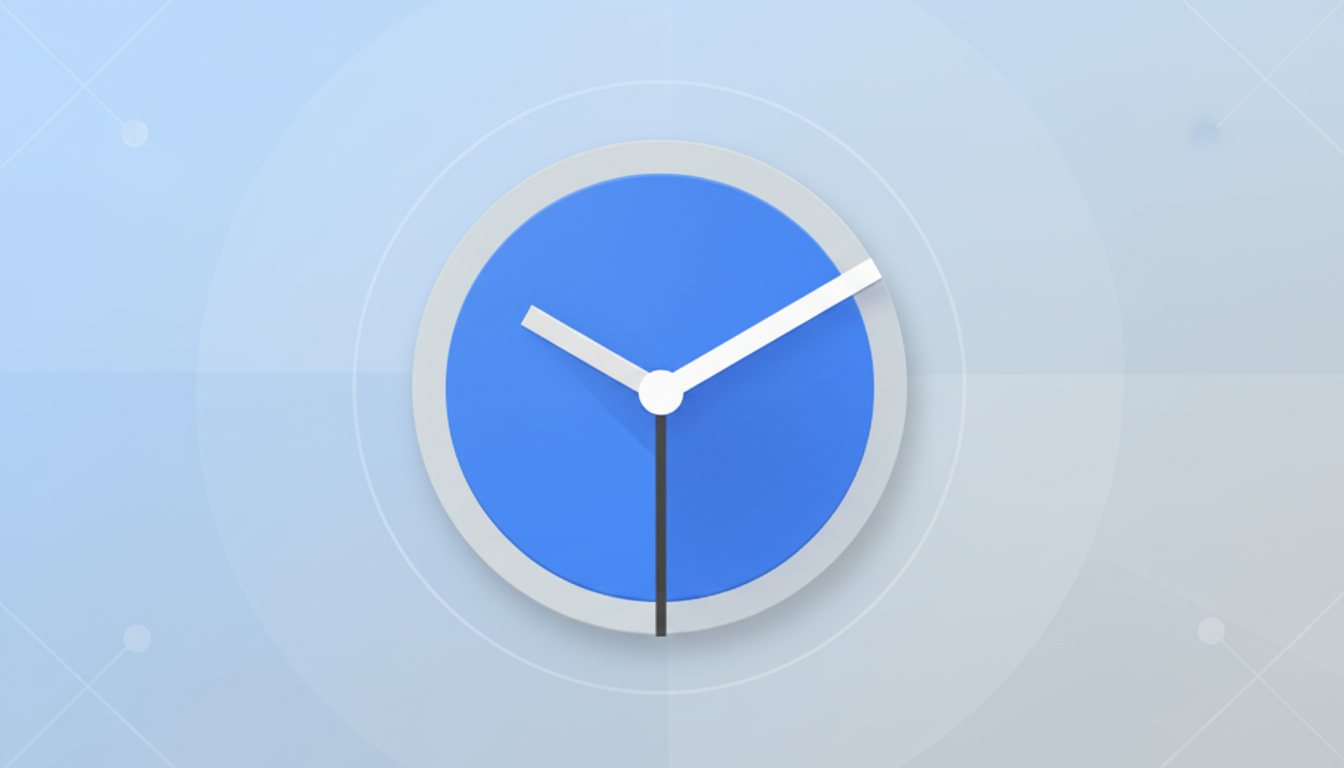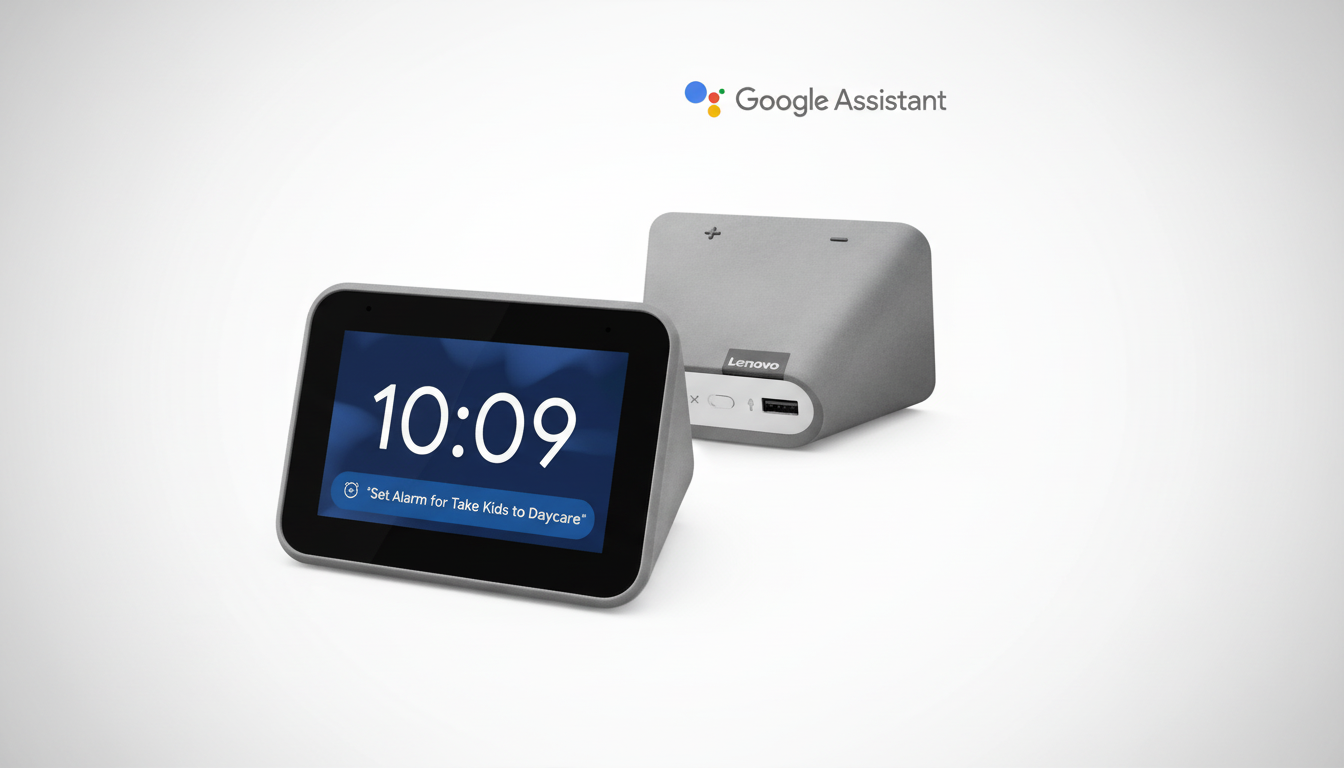Google has quietly admitted to a significant pivot for Wear OS: the Google Clock app can no longer be downloaded on third-party smartwatches. Users with existing installations on their Wear OS devices will be able to keep using the software, but they will not get updates. Pixel Watches will continue to ship with Google Clock, and its updates will come through the Play Store. Thus, nothing changes for you if you’re a Pixel Watch owner.
Existing installs work, but third-party watches lose updates
On the other hand, if you have a Galaxy Watch, OnePlus Watch, or another third-party Wear OS smartwatch and previously installed Google Clock, you will still have clock, alarm, and timer features. However, this version will continue working only as long as it is not uninstalled. Accordingly, you will not see any new capabilities, enhancements, bug fixes, or performance improvements from the latest versions available in the Play Store. At the same time, the Play Store listing for Google Clock will mark your device as unsupported if Google Clock had not been installed earlier.

Why Google may be prioritizing OEM clock apps on Wear OS
The most likely reason Google pulled back on Google Clock is that most main Wear OS brands include their own clock applications in the system. The existence of Google Clock outside of Pixel takes up system resources and privileges, poses system clashes, and creates incoherent behavior across the device manufacturer’s network. Keeping the power of OEM apps eliminates customer confusion and allows manufacturers of smart home gadgets to spend their time or money where they believe users gain the most.
Impacts for Samsung, OnePlus, Mobvoi, and other brands
It is also, therefore, a pattern with Google’s recent behavior on Wear OS, where numerous first-party experiences are Pixel-exclusive or deeply integrated with brands’ own services. It heavily reduces the core Google app experience on partner hardware and goads Google Watch alarm platform users toward OEM tools that selectively integrate alarms, bedtime tools, dawn alarm features, or fall detection with other health platforms or voice assistants controlled by the OEM.
Samsung Galaxy Watch users—largest share of the Wear OS universe, according to recent shipment tracker data from Counterpoint Research—will still use Samsung’s own Clock app. It is not a considerable change, but the deletion of Google Clock from the presence eliminates it as an option for multi-device users who like using Google’s clock or wish for such uniformity with the Clock phone app from Google. The effect is the same for OnePlus Watch users and other Wear OS users like Mobvoi; OEM clock apps are unaffected, and these will upgrade as the OEM sends updates.

Sideloading risks and why OEM or third-party apps are safer
The practical consequences are when any feature that is dependent on tight app-to-app or phone-to-watch connectivity varies in function due to OEM implementation; this includes uniform settings for alarms on the watch and the phone or equivalent triggers with the Google Assistant. In theory, crafty users could sideload Google Clock on their under-reinforced watches. Still, that would bypass the Play Store stream, and it would probably break several attempts to make the watch app shake hands with the Google Clock phone app. Hence, it is very probable one will have problems with syncing with each other, have notification glitches, and be more vulnerable due to unofficial applications.
A safer route, then, is to trust each brand’s default app’s alarm or leverage third-party alarm and timer options that are assured for Wear OS. Third-party options may be incredibly advanced, but they may not leverage the same system-level hooks — like hardware button idiosyncrasies when dismissing alarms, do-not-disturb scheduling, or bedtime modes — as an OEM clock app does.
What this shift means for the broader Wear OS ecosystem
What it means for the Wear OS business is, therefore, somewhat ambiguous. This choice separates Google’s first-party watch experience from the partner-driven version of Wear OS. Pixel Watch emphasizes a consistent Google-first stack. On the other hand, the rest of the ecosystem expects OEMs to provide consumers with different choices. There are numerous benefits: reduced replication of apps, more organized app stores, and, in some circumstances, more rapid fixes courtesy of the manufacturers. However, there are also cons: restricted options for users preferring Google’s aesthetics and a far greater likelihood that characteristics differ between wearables from different brands. Nothing seems to be broken right now. Even if the new clock dwindles, the existing Google Clock on a non-Pixel watch will still work. In the longer term, the biggest impact will be on updates and consistency. If Google Clock on your watch is familiar and useful, the Pixel Watch is the obvious answer. Otherwise, you should probably ask your clock app manufacturer how fast it’s expected to advance — and how well it works with everything else in your day.

